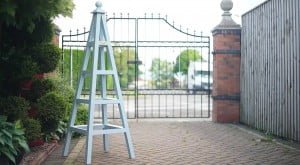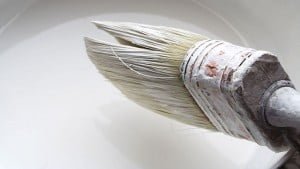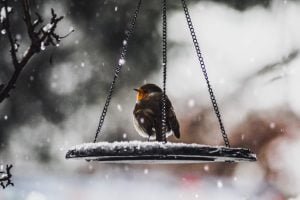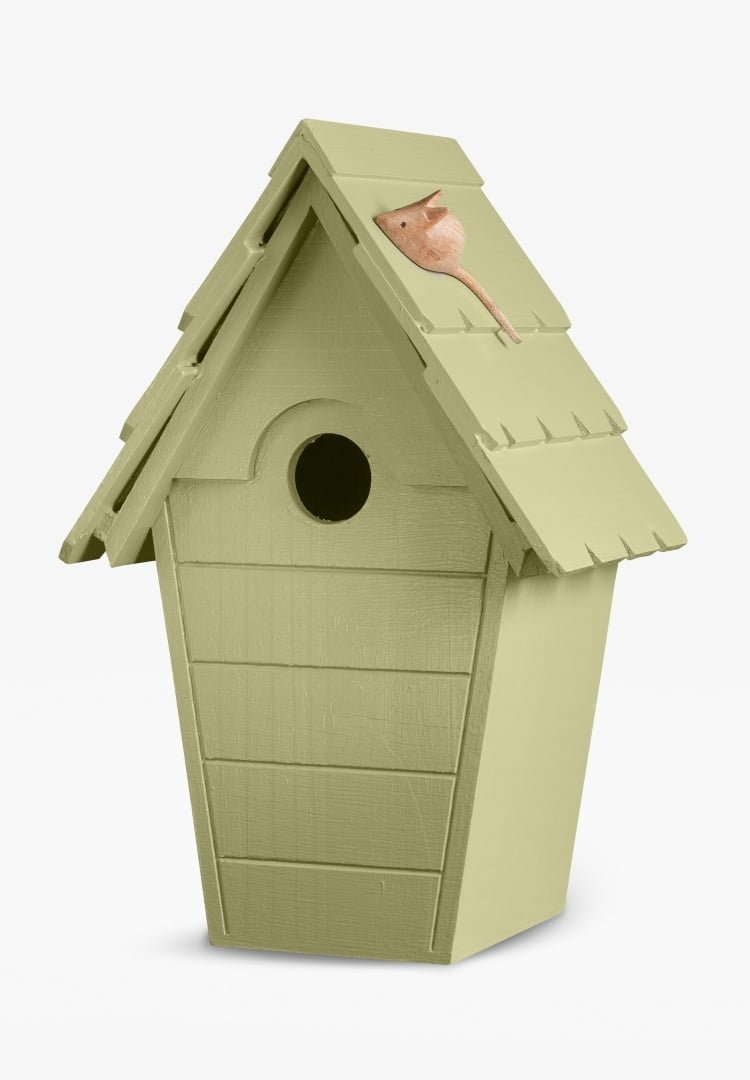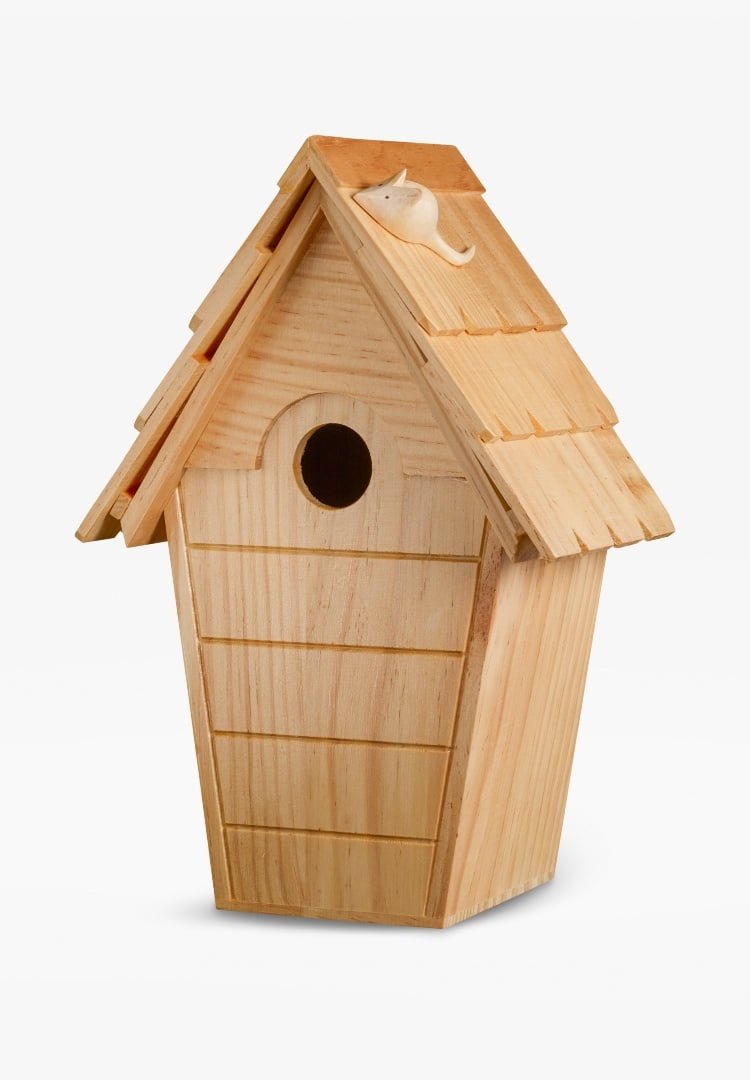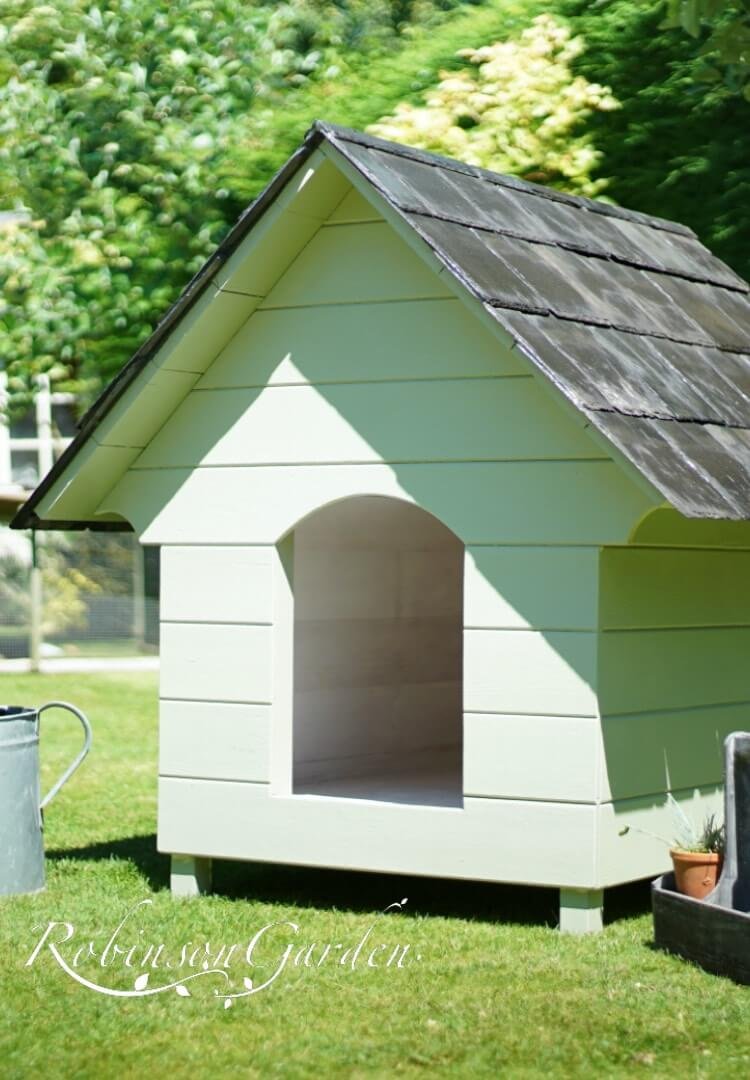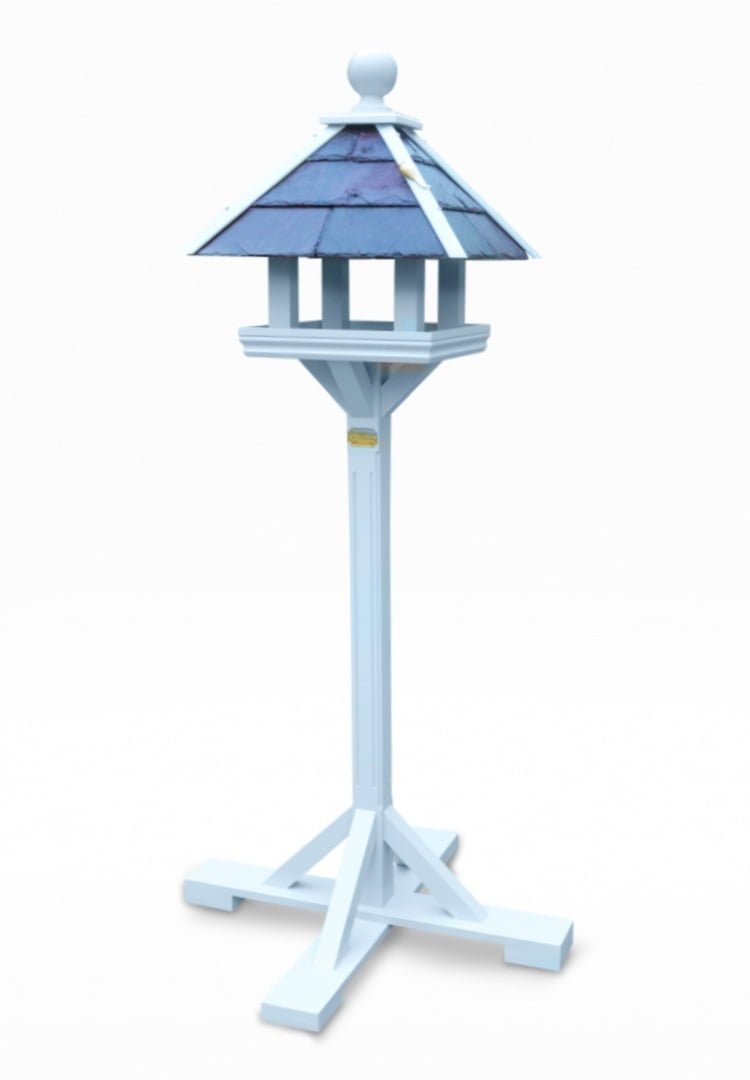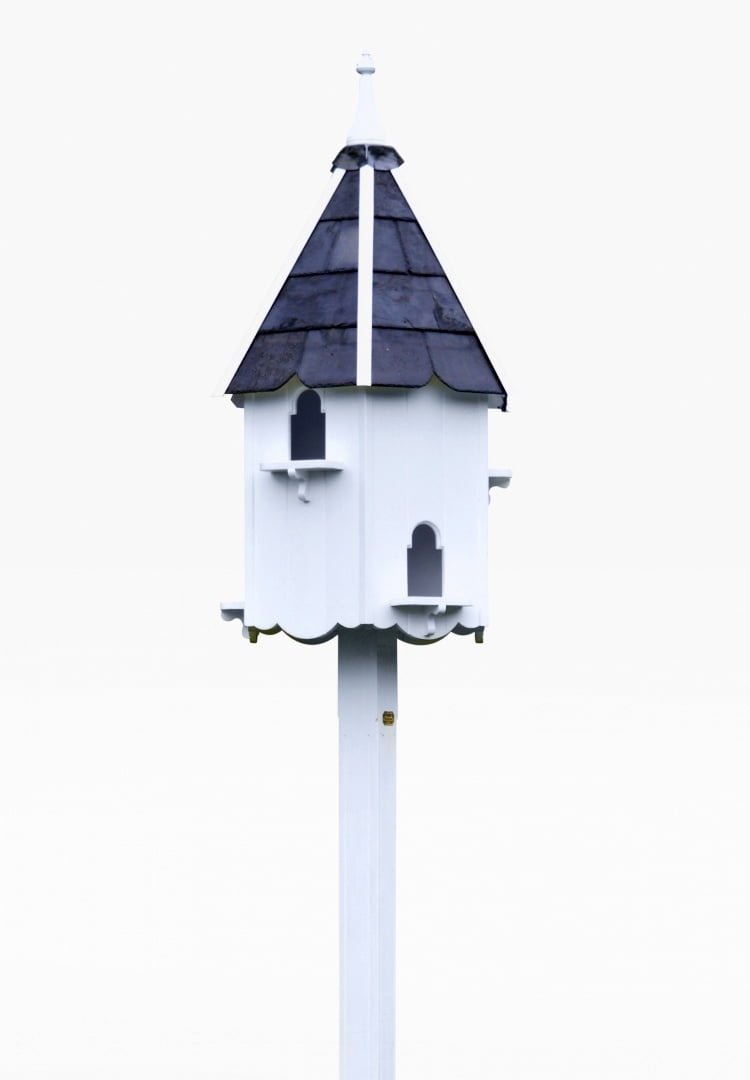Doves are a wonderful bird to have in your garden and Dovecote. They are beautiful and exciting and make an excellent addition to any family.
They are very easy to care for, but you do need to learn about proper feeding for your doves. Doves can be fed as adults or as babies. You must feed them at the correct times and with the correct food to remain healthy and happy.
Your local pet store should advise you more on this but we recommend that you feed them at a set time every day and generally feed them on a suitable ready-mixed feed, including corn, wheat, lentils and pulses.
Ensure that you also provide them with pigeon grit and this allows them to break down the feed and properly digest the hard seeds they eat. Poultry grit is considered the best sort as it contains oyster shell and limestone. Grit should always be available to the doves and can be put into a small dish or grit hopper.
Salt also plays an important part in the dove’s diet, mainly due to their relation to the rock doves that live and breed on cliffs around the coast.
Course sea salt is advised to be added to their diet but be aware not to give them too much. A pinch of salt a week for 4 doves as a guide would be sufficient.
All food that is feed should be as fresh as possible and should be kept clean and dry. On average each dove eats roughly an ounce of feed a day, ensure you put enough feed out per dove on this guide. Doves also enjoy the occasional piece of bread. Ensure water is always available as it can be surprising how much they can drink.
How do I feed the doves when confined?
We would advise purchasing a two-hook feeder/ feed hopper and place within the confined space outside the Dovecote. By having a feeder, it allows you to place plenty of food into it so that the doves can choose when they want to eat.
Alternatively, you can scatter the feed, this can help the doves get used to you and their environment but avoid doing this if the weather is bad. If you choose to scatter the food you will need to do this three times a day.
The feeders can be purchased from reputable pet shops and Internet pet stores. They are most commonly used for parrots and allow the doves to cling onto the mesh safely and securely.
When do doves stop feeding babies?
Doves are nidifugous, meaning they leave the nest soon after hatching. They are also altricial, meaning that they need a lot of parental care from their parents to survive.
This means that when doves stop feeding babies is directly related to how old the baby dove is. Doves typically start weaning their babies at about ten days old and complete the process by 20 days old.
The older the baby dove is, the less it will need to be fed by its parents and siblings.
What should I feed doves?
A good rule of thumb is to feed your doves only natural foods like seeds and fruit rather than processed foods like bread or crackers. Seeds are high in fat and protein, while fruits provide vitamins and minerals that your doves need to grow strong bones and muscles and feathers for warmth during cold seasons!
Doves can eat almost anything—they’ll eat bugs and plants alike. But if you want to give them something special, here are some ideas:
- Corn on the cob
- Crushed egg shells mixed into their food bowl (this helps them digest their food better)
- A small amount of cat food now and then (just don’t overdo it—it’s not good for them).
What should I not feed Doves?
You have to be careful when feeding doves. If you’re not careful, you can easily provide too much food and end up with a pigeon problem. Now, I know what you’re thinking: “But I just want to feed them! They’re so cute and fluffy!” But here’s the thing: doves are not like other birds.
They don’t migrate, and they tend to stick around in the same area year-round. If you feed them too much, they’ll stay around and make more babies in your garden! And then what?
The neighbours will start complaining about all these pigeons hanging out on their roofs, or worse—they could get aggressive and start attacking people!
This is why it’s important only to feed small amounts of food at a time and only once per day at most.
Some examples of foods not to feed doves are:
- Any meat (including chicken and turkey)
- Bread or any grain
- Sweets, mints or sugary foods
- Dairy products, including milk and cheese
Should I feed doves that visit my garden?
Well, that’s a great question. The short answer is “yes.” Doves are wild birds, but they will come to your garden or yard if there’s food available. In fact, if you provide water, they may very well live there!
Once they’re living with you (or near your home), it’s important to make sure that their diet is balanced and nutritious.
Feeding doves in your garden can be a great experience and is highly recommended. Here are a few tips to get started:
- If you want to hand-feed doves, you’ll need to start with baby doves that are less than one week old. You can find them at pet stores or online.
- Make sure the area where you’re feeding the doves is safe for them; this means it should be free of cats (and other predators) and free from any objects that could hurt the birds, like windowsills or exposed wires.
- Feed them small amounts of food at first and slowly increase the amount of food over time. Try different foods until you find something they enjoy eating most often; this will depend on whether or not your doves are mourning or white-crowned doves.
- While mourning doves feed during daytime hours, white-crowned doves tend to feed only at night, so make sure your feeder isn’t lit up brightly during those times (though it will still work during daytime hours).
- It’s important to note – do not feed doves something that might be harmful to their health or cause them any harm. For example:
- Please do not feed them bread products such as bread crumbs or crackers. These foods are high in carbohydrates and may cause digestive problems like diarrhoea or flatulence in birds who are not accustomed to digesting complex carbohydrates.
- Do not feed them anything with sugar or salt added like pretzels or potato chips (salt). These foods can lead to dehydration if consumed too much over time because they contain so much sodium content (which binds water inside cells). Salt also causes dehydration indirectly by causing thirstiness in birds which leads them away from drinking water more often than normal.
How do I hand feed baby Doves?
Hand feeding doves can be a lot of fun, but it’s also a time-consuming process. So if you’ve never done it before, prepare to have patience and dedication.
You’ll need to spend a few months with your dove before it can fly around the house on its own, so make sure you’re committed to spending some quality time with your new friend.
Gather Your Materials
You’ll need a pair of gloves (for when you’re handling the baby), tongs or tweezers (to give the food), and bird seed (to feed the bird). Secondarily, you’ll need a mirror, which will help you see how much food goes into the bird’s mouth at one time. Last but not least, you will also need an eye dropper. This will drop a few drops of water into the dove’s mouth.
Pick up the baby Dove
Pick up the baby dove. Doves are known for their gentleness, so don’t be afraid to pick one up if you’re having trouble getting it to eat from your hand.
Handle with care
Hold the bird gently in one hand and use your other hand to put a small amount of birdseed on your finger.
Relax the muscles
Use the dropper to put a few drops of water in the dove’s mouth. The water will help loosen its food-gathering muscles so it can swallow without choking!
With the tip of your finger, gently stroke the bottom of its beak until it opens up wide enough for you to put some seed inside.



